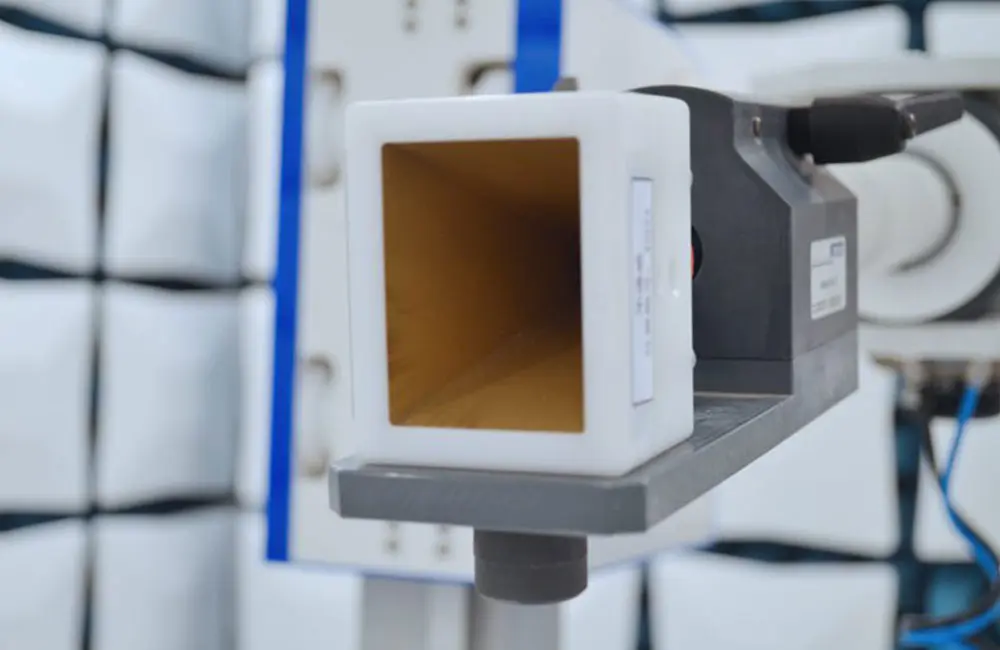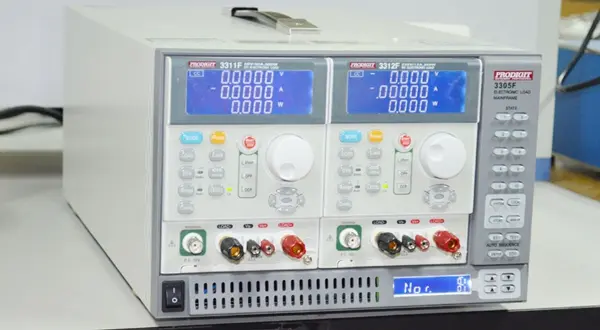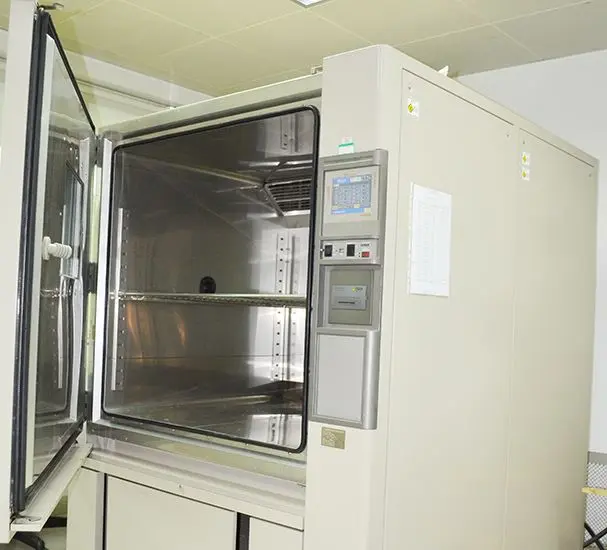
What is FCC Part 15 Testing?
fcc part 15 Standard
The FCC Part 15 standard is a series of regULations established by the Federal Communications Commission (FCC) of the United States, aimed at managing and restricting the use of radio frequency spectrum.
Applicable Products under FCC Part 15 Standard:
1. Computer and peripheral equipment (keyboard, monitor, power adapter, mouse, fax machine, etc.);
2. Household appliances, power tools (refrigerators, electric kettles, electronic sterilizers, MICrowave ovens, vacuum cleaners, electric shavers, hair dryers, ovens, massagers, washing machines, etc.);
3. Lighting fixtures (LED lights, LED screens, stage lights, switches, electronic devices, etc.).
FCC Part 15 Standard is divided into several subparts, and here are introductions to some of them:
1. FCC Part 15 Subpart A: This is an overview regulation of FCC Part 15, including general rules and definitions, aiming to ensure that the electromagnetic radiation of devices does not interfere with other electronic devices or radio communication systems.
2. FCC Part 15 Subpart B: This is about computer equipment, defining the electromagnetic radiation limits, testing methods, and labeling requirements for computer equipment. It specifies the radiation limits that devices should comply with to ensure that they do not affect the functionality of other devices during normal operation.
3. FCC Part 15 Subpart C: This concerns television receiving equipment, specifying the limits of radio interference generated by such devices to ensure that TV receivers can receive broadcast signals without interference from other devices.
4. FCC Part 15 Subpart D: This deals with radio frequency radiation detection instruments, specifying the technical requirements and testing procedures for radio measurement equipment to ensure accurate measurement and detection of electromagnetic radiation.
5. FCC Part 15 Subpart E: This pertains to low-power devices, used to manage devices that utilize low-power radio frequency spectrum, such as wireless headphones, wireless keyboards, etc. It specifies the spectrum usage conditions and technical requirements that these devices must meet to avoid interfering with other devices or frequency bands.
The FCC Part 15 standard, established by the Federal Communications Commission (FCC), consists of regulations governing radio frequency radiation and electromagnetic interference limits for electronic devices. It applies to various electronic devices sold and used within the United States, including radio frequency emitting devices, computer equipment, household appliances, lighting The FCC Part 15 standard covers two main aspects:
1. Radio Frequency Emitting Devices: It specifies the radio frequency radiation limits for radio devices to ensure that they do not interfere with other radio communications. These devices include Wi-Fi routers, Bluetooth devices, mobile phones, radio transmitters, etc.
2. Electromagnetic Interference of Electronic Devices: It specifies the limits of electromagnetic interference generated by electronic devices to ensure that they do not interfere with the normal operation of other electronic devices. These devices include computers, televisions, radios, household appliances, etc.
Devices that comply with the FCC Part 15 standard receive "FCC certification," which is one of the necessary conditions for selling electronic devices in the U.S. market. This certification indicates that the device meets FCC requirements for radio frequency radiation and electromagnetic interference, qualifying it for legal and compliant market placement.
In summary, the goal of the FCC Part 15 standard is to ensure harmonious coexistence among different types of electronic devices, REDucing interference with radio communication systems and other devices. These regulations help improve the quality and reliability of electronic devices, and maintain effective management and utilization of radio frequency spectrum, thereby promoting the development of radio communication. Complying with the FCC Part 15 standard when purchasing and using electronic devices ensures that devices meet relevant electromagnetic compatibility requirements, ensuring device safety and performance.
Email:hello@jjrlab.com
Write your message here and send it to us
 LED Lighting EMC Testing Service
LED Lighting EMC Testing Service
 EU REACH Compliance Testing Services
EU REACH Compliance Testing Services
 Electronic and Electrical Reliability Testing Serv
Electronic and Electrical Reliability Testing Serv
 Electronic & Electrical Safety Compliance Test
Electronic & Electrical Safety Compliance Test
 Shenzhen Electronic Electromagnetic Compatibility
Shenzhen Electronic Electromagnetic Compatibility
 How to Test IP68 Rating
How to Test IP68 Rating
 Differences Between FDA and LFGB for Food Contact
Differences Between FDA and LFGB for Food Contact
 Process and Precautions for Amazon CPC Certificate
Process and Precautions for Amazon CPC Certificate
Leave us a message
24-hour online customer service at any time to respond, so that you worry!




